The soundtrack for the afternoon’s deer hunt included squirrels cutting walnuts, a chilly southbound breeze rustling a few dried leaves still clinging to tree branches, and the shouts and cheers from a nearby soccer game.
For the suburban bowhunter, we might be living in the glory days of white-tailed deer hunting. While whitetail numbers across Missouri are a mixed bag, in some suburban municipalities, deer numbers are high and, in some cases, have reached nuisance levels. With suburban populations booming, exasperated property owners struggle to maintain landscape vegetation or gardens. This overabundance creates a great opportunity for deer hunters to put some venison in the freezer and maybe even a trophy on the wall.
A Win-Win Scenario
Most deer hunters do not own their own land, and it’s not always realistic to get access to a 500-acre farm. Suburban bowhunting is a great alternative because it sits at the sweet spot of convergent needs. Local landowners want their yards back, and bowhunters want a nearby property with a high potential for harvesting deer. By their very nature, these locations are typically closer to home and are perfect for a quick sit in the evening after work. You don’t have to plan a multiday expedition just to go deer hunting.
Misconceptions About City Deer
You may have some reservations about deer hunting in suburbia. You may think it’s too easy to shoot a deer that’s used to being around people. Or being on a small property in a neighborhood, rather than a sprawling forest, limits your opportunities. Let me share a few thoughts and experiences that may change your mind.
Suburban deer are no slouches. I’ve been winded and had my position blown enough to know this. You might think the deer have grown accustomed to human scent, but their noses are so sophisticated that they not only can detect scent, but they also can sense the strength of the scent. They can judge if someone has walked through a trail hours before or if someone is coming right now. While it’s true some deer have learned that a person walking down a sidewalk with a stroller isn’t much of a threat, a scent trail emanating from an unseen person — a camouflaged-clad hunter in a tree, for instance — will send them huffing and running. All the same scent control and visual concealment rules apply if you’re miles deep into Peck Ranch Conservation Area or 50 yards downhill from a backyard swing set in Wildwood.
Property size is a human perspective to which deer pay no mind. Deer don’t care who owns the hillside of white oaks that always produce a great mast of acorns. They don’t know that you have permission from the nice older couple you met at the store to hunt a low spot on their fence line between a meadow of grass and a stand of cedars. If you can start thinking like a deer and see properties less for their lack of size and more for what they would offer an animal, you’ll increase your odds of getting close enough for a great shot.
Does aren’t the only deer congregating near human dwellings. I’ve seen a number of blurry buck pictures that were obscured only because they were taken through a kitchen window. What
better place to hide out than right under our noses?
Admittedly, hearing someone fire up their lawnmower during a hunt is not my ideal scenario, but for the density of deer in some of these places, I’ll put up with the occasional lawn maintenance.
Mind the Regulations
There are significant differences to keep in mind while bowhunting in suburbia. Foremost are the various regulations municipalities put on hunting activities that sometimes go beyond what the Missouri Department of Conservation requires. Some cities require hunters to carry written permission from the landowner while afield. Some place distance requirements on how far away you have to be from structures and homes. Checking with the city’s website for regulations is your best bet. To be safe, since not everyone is familiar with these intricacies, it’s a good idea to print out a copy of the ordinances so you can gently and respectfully inform anyone with questions about the legality of your pursuit.
Check in With the Landowner
You’ll also want to walk the property with the landowner so you are certain what’s in and what’s out of bounds. Knowing the property will help you conceptualize where a shot deer may run, giving you more information for a stand setup that will yield the least amount of interaction with adjacent landowners. It’s also wise to ask about the neighbors’ attitudes toward hunting. You may find a coalition of residents who will let you hunt a much larger composite tract of land. On the other hand, you may learn that the neighbors on either side aren’t too keen on the idea of hunting, so staying away from their property would be best for everyone.
Talk with the landowner about their expectations on communicating your presence. Do they want a text or a call every time you come out? Parking is another consideration. On one property I hunt, the landowner prefers I park at the split in their shared drive with their neighbor. They’ve already discussed what that means, so both residents know when there’s a hunter in the woods. They curtail some of their outdoor activities to give me the best chance at seeing deer.
Never let assumptions degrade the relationship you have. Work out all the details in advance. For example, what are the owner’s attitudes toward bringing additional hunters? Do they expect some venison from your harvests? Do they mind if you also shoot turkeys? Being allowed onto someone’s land is akin to being asked into their home, even more so on a smaller residential property.
Your default position on field dressing will likely be different than if you were in a larger forest. To avoid drawing unwanted nuisance animals and sullying the fresh autumn air in the neighborhood, assume you’ll drag your deer out intact and dress it elsewhere. This is a courtesy not only for the landowner, but for their neighbors, too. They may be considering allowing you to hunt their property, but if your success means a week of unpleasant odors for them, don’t count on their permission.
It’s not necessary to book an expensive out-of-state hunt just to experience good archery deer hunting. It might literally be right around the corner. If you practice the fundamentals and pay attention to the unique factors required for suburban bowhunting, you might find your freezer stocked up in a big way, all from bowhunting on small property.


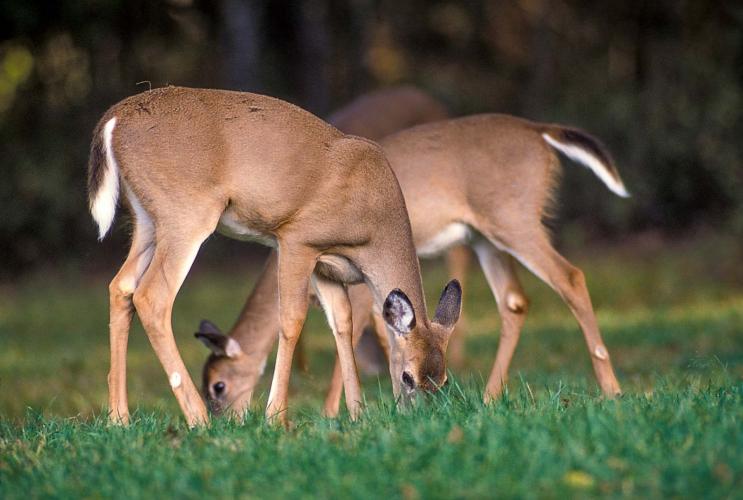
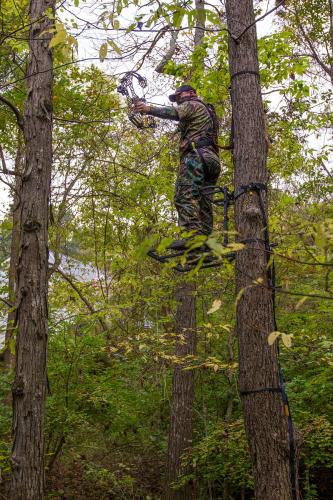
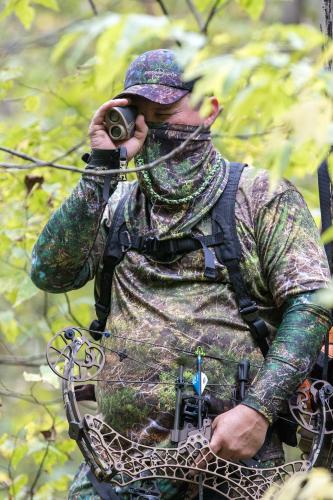
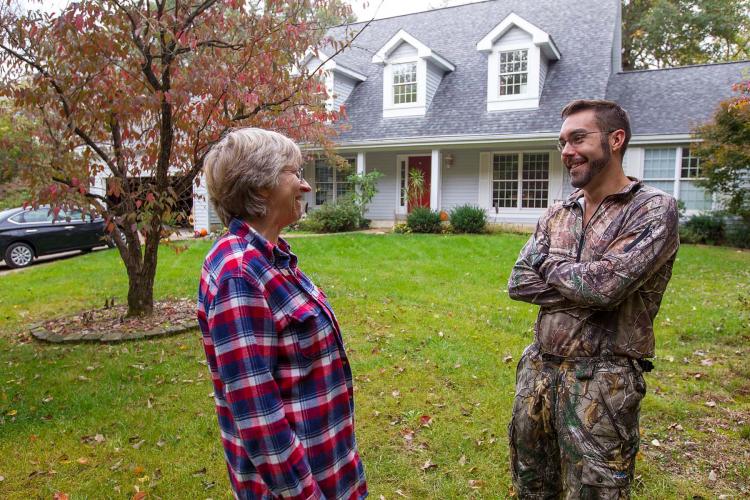

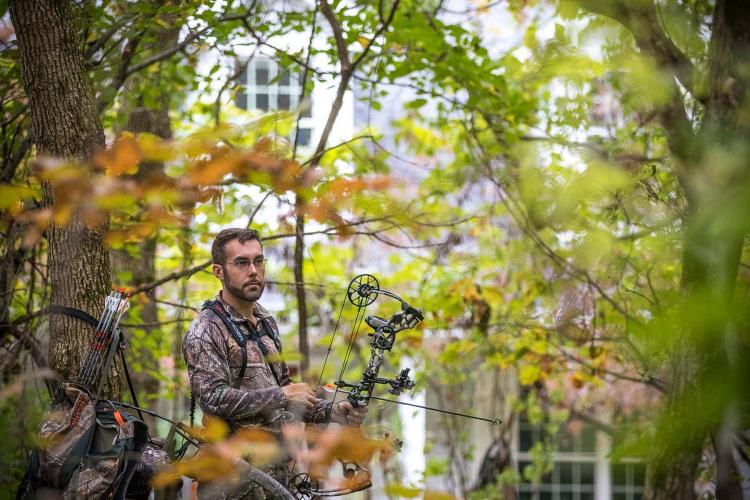
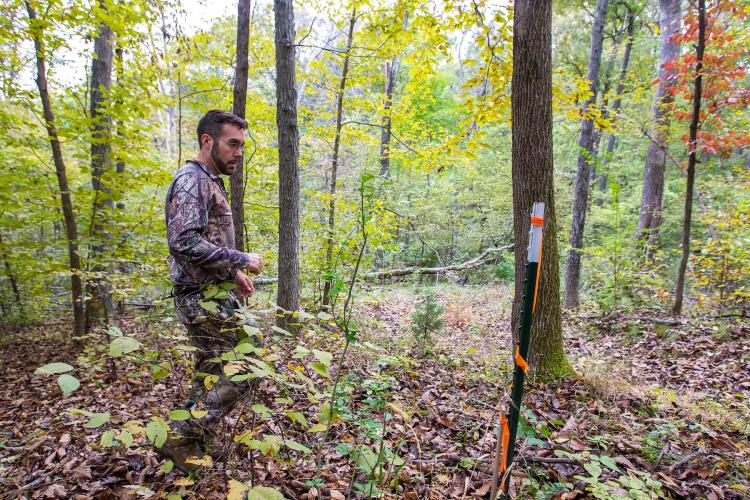




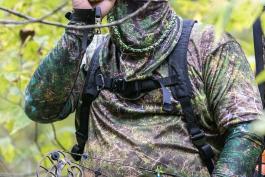



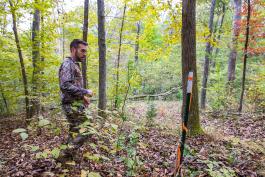
Also In This Issue
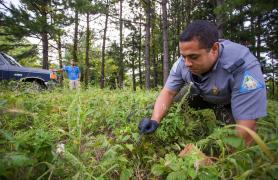

And More...
This Issue's Staff
Associate Editor - Bonnie Chasteen
Staff Writer - Larry Archer
Staff Writer - Heather Feeler
Staff Writer - Kristie Hilgedick
Staff Writer - Joe Jerek
Creative Director - Stephanie Thurber
Art Director - Cliff White
Designer - Les Fortenberry
Designer - Marci Porter
Photographer - Noppadol Paothong
Photographer - David Stonner
Circulation - Laura Scheuler






















